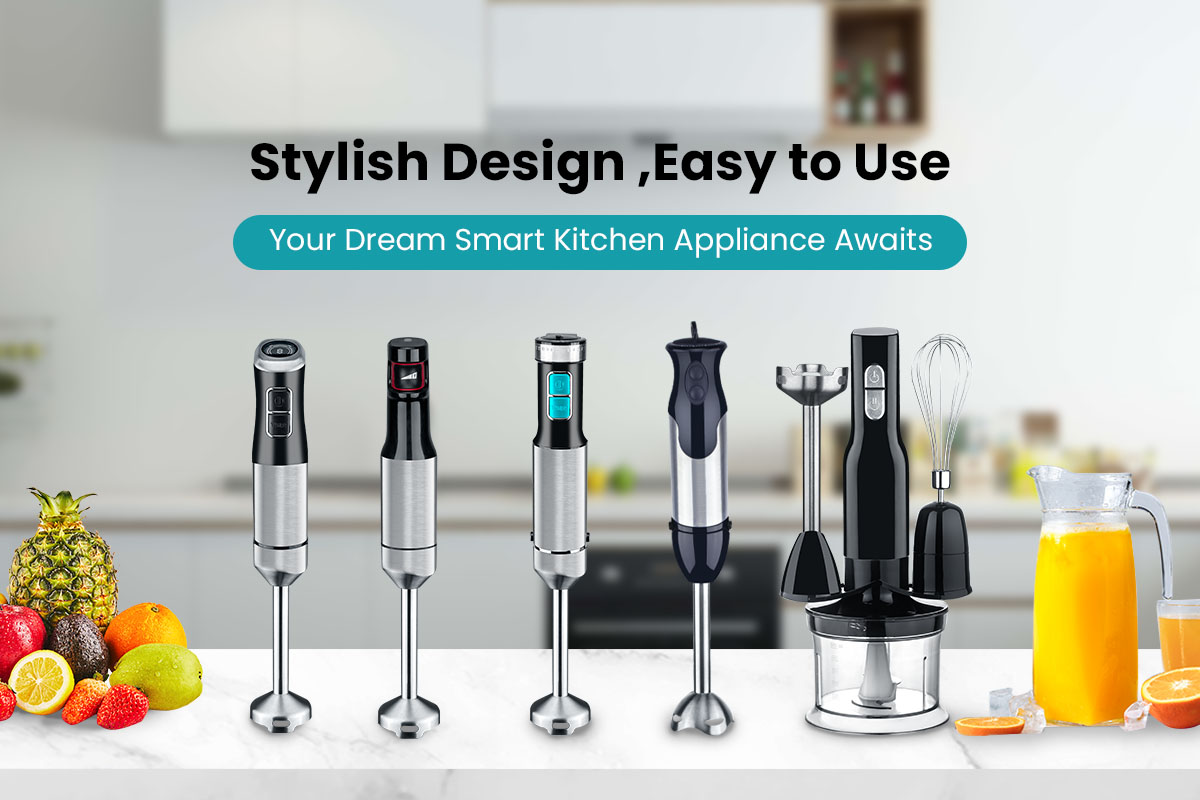Your Commercial Food Processor’s Maintenance and Cleaning Guidelines
A commercial Food Processor can be considered a wise investment in any food service business since it helps put the food preparation tasks on the right track in terms of both speed and consistency. In order to keep your food processor functional for many more years, some maintenance practices and a few cleaning routines must be followed. Here, we are going to look at the maintenance and cleaning procedures of the commercial food processor that will help to extend its effective life span; cleaning the bowl, and attachments after use and washing food residues or oils to make cleaning easier.
1. Cleaning the Machine after Each Use
A significant part of your food processor's upkeep is ensuring that it is sanitized and disinfected following every on use. Attachments such as blades, bowls and mouthparts can accumulate food materials causing bacterium, rancidity, and smear on the food items. A systematic cleaning technique can be done as follows:
Step 1: Do not wait too long. As soon as you are done with the food processor, remove the bowl, and detach the blades and other tools.
Step 2: Rinse all components under warm running water with soap. Anywhere that food can accumulate, a toothbrush should be used.
Step 3: After banging the towel, carefully snap them back into position and let all major things dry. For the time being, do not leave parts too wet or they may corrode.
2. Performing a Clean Sweep that is Genuinely Thorough and Done Frequently
After making use of the food processor on the very next day, one is required to wash it. Besides that, one should also ensure that the appliance is cleaned exceptionally well at periodic intervals. Thorough cleaning helps reduce the chances of grease, bacteria, food debris or any other residue which may be present and which is impossible to eliminate during routine cleaning.
Step 1: Remove all the components and wash them nicely using a non-abrasive cleaner to avoid scratches from getting on the surfaces of the component parts of the appliance.
Step 2: Use damp cloth to wipe clean motor base. Motor base should never be dipped in water or any other cleaning solution. Wipe out gently to eliminate any dirt and grease particles accumulation.
Step 3: Inspect the food processor for any remnants of food particles stuck in spaces that are not easily accessible such as the area directly beneath the blade mount and the space around the lock and key area. Use any soft brush to unclog such areas.
3. Grease all Mechanical Parts which are Moveable
To maintain optimal use of the food processor, consider applying oil or lubricant to the motor and any moving parts on a regular basis. This is particularly crucial for gear and mechanical models that may be subject to deterioration in the course of time. Non-toxic lubricants should be used that are specially specified for application in kitchen utensils and equipment with mechanical moving parts, else the components end up getting jammed or shredded.
Step 1: Before applying lubricant, always switch off and disconnect food processor from the power source.
Step 2: Lubricate the moving parts such as the shafts of the motor or the assemblies of the blades, but do so according to the manufacturer’s instructions.
4. Assess the Wear of Parts and Substitute them When it is Necessary
You may want to inspect your food processors from time to time for the possibility of hourglass bowls, worn out blades, or cords which appear to be teetering on the edge of snapping. Using such parts which are not working effectively would cause waste of time, and in some situations, cause equipment or tool failure. In all circumstances when you come across any of the damaged parts, replace them immediately.
– Step 1: Examine the blades every now and then to ensure that they are not dull or chipped. If they are, it may be necessary to either sharpen or replace them.
– Step 2: Inspect the electric cable to see if it has any fraying. Cut off and replace all the electric wires that are damaged since proper wires are also a matter of safety.
– Step 3: Examine the bowl and the attachments in order to check for fractures or any form of defect. Always replace these parts to prevent food from being tainted or the equipment from malfunctioning.
5. It is Advisable Not to Overexpose the Food Processor When Not in Use
During idle periods of your food processor, it is important you store it in a place that has a cool temperature and is clean. Never store the device in places that have a lot of moisture as this will cause rust and corrosion. Keeping the machine away from dirt and in a safe environment will ensure that its function lasts for a longer duration.
Conclusion
Following such routine maintenance and cleaning, it is possible to keep the commercial food processor in the best working condition for a long period. It is mandatory to regularly clean, lubricate, and check parts, because it helps not only the longevity of the equipment but enhances its performance and reliability as well. In every foodservice operation, a food processor that receives proper care presents itself as an important tool that ensures food quality and uniformity in the kitchen processes.





